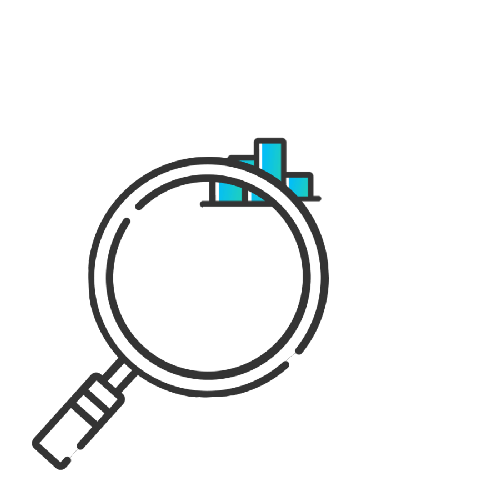Error message title

Error message title
Searching great energy plans for you
Why choose an ENGIE business plan?
Whatever your business size or energy needs, we offer great value, carbon neutral plans with inbuilt practical tools and dedicated business support that keep you in control.
Specialised energy plans for your home office
Our great value home business plans help make running your business from home affordable.
Energy for small and medium-sized businesses (1-9 sites)
Affordable energy plans with practical features across our plans gives you more time to take care of business.
Energy solutions for Multi-site businesses (10+ sites)
Energy plans tailored to multi-site businesses with over 10 sites.
Solutions for larger commercial and industrial businesses
Our expert team tailor flexible, cost-effective, energy solutions for large commercial businesses.

Carbon neutral energy
ENGIE offers carbon neutral energy plan options certified by Climate Active, a partnership between the Australian government and businesses to drive voluntary climate action.
For every tonne of emissions you make, we purchase one tonne of emission offsets. However, offsetting your energy isn't an add-on or something you must pay extra for. There's nothing more you need to do than feel good that you're helping accelerate the transition towards a carbon-neutral economy.
Dedicated business support
Our dedicated business support centre means you'll be at the front of the queue, so your query is resolved fast and efficiently.
Smart usage alerts
It makes good business sense to keep on top of your energy consumption. If you have a smart meter, we can update you on your energy use via weekly emails.
Manage your energy 24/7
Our MyENGIE portal allows you to edit your details, pay bills, and manage your energy needs whenever suits you.
Easier eBills
We provide eBills for easy, direct uploading to business accounting software such as MYOB and Quickbooks.


